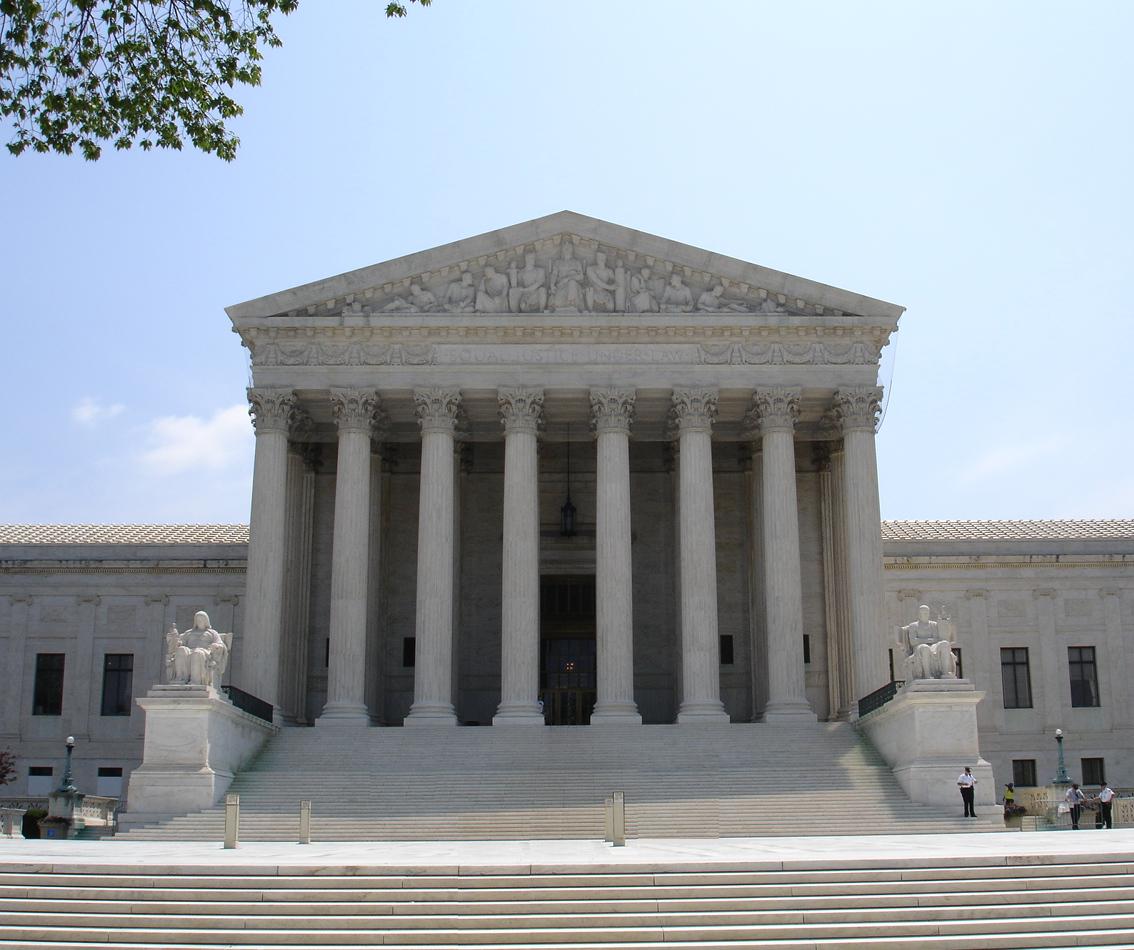**Previously recorded by Phyllis Schlafly / May 2012**
Let me tell you about a rare unanimous decision by the U.S. Supreme Court on a controversial redistricting issue. Every ten years we have a national census, as required by the Constitution, and congressional districts must be redrawn to reflect the shifting and growing population. Texas added four million new residents in the 2010 census, entitling it to four new seats in Congress. The Texas legislature redrew its districts to comply with the new census, but its work was then challenged in federal court in Texas. In an example of judicial activism, the court replaced the legislature’s work with its own, giving Democrats a net gain of about five congressional seats.
Texas appealed quickly to the U.S. Supreme Court, which reversed the lower court’s decision. The Supreme Court held that the lower court should have deferred far more to the legislature-drawn maps. The most significant part of the Supreme Court’s decision, in addition to rejecting judicial activism, was how it expressly repudiated the concept of “minority coalition” districts that was contemplated by the lower court.
A “minority coalition” district combines two different minorities, such as Hispanics and African Americans, in order to make the sum of their populations a majority of the district. Because Hispanics and blacks typically vote for Democrats, the real effect off arming “minority coalition” districts would be to expand the number of Democrat-majority districts. The Voting Rights Act allows, and even requires, the creation of black-majority districts based on a theory of discrimination against the specific minority group. But it offends the race-blind Constitution for courts to create coalition-majority districts based on the fiction that different minority groups have the same political interests.
In tossing out the judge-drawn maps, the Supreme Court properly closed the door against politicized “minority coalition” redistricting.






